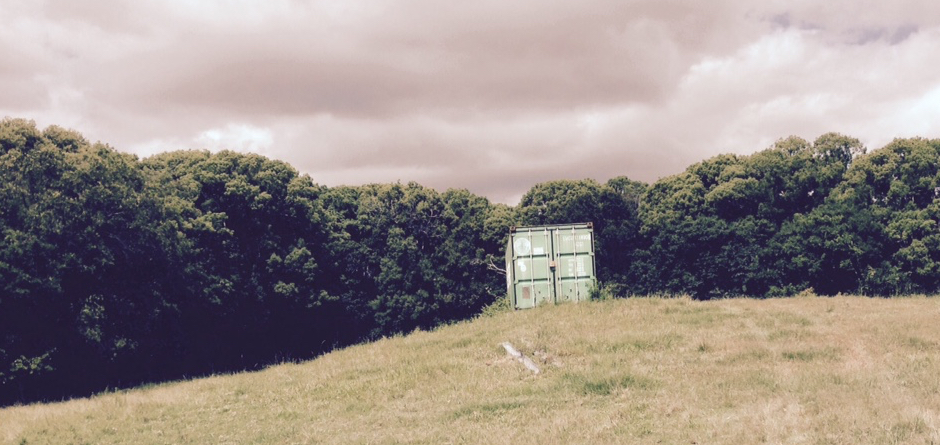IMPRACTICAL SUNSHINE COAST ARCHITECTURE: SHIPPING CONTAINER HOUSE RANT

What a piece of ship: The ubiquitous shipping container house
“being trapped inside a giant steel box for a house design in the middle of summer on the Sunshine Coast is not exactly pleasant”
It seems everyone is jumping on the ubiquitous shipping container home design band wagon these days, any time I foolishly open my mouth and let it slip that I work in architecture it seems someone has discovered “Industrial Chic” and specifically shipping containers, they cannot wait to preach the good word and inform you how they are single handedly changing the world, not only have I heard this diatribe a million times already I was actually well aware of shipping container homes, it’s both done to death and impractical. On the surface, it is seemingly both logical and sustainable to employ cargo container as a green alternatives to traditional building structures.There are growing numbers of unused containers, left overs from all the cheap plastic rubbish we import daily from China. Costs prohibit shipping empty boxes back to the point of origin (it’s often cheaper to buy new ones than have the old ones returned) – the result is a mountain of multicoloured surplus steel boxes pilled high in ports like giant Jenga sets. Shipping container architecture or “cargotecture” as some creative genius has recently started labelling it, is appealing due to abundant availability, strength, durability, aesthetics and cost (most sell second hand for around $1,000-$2000) – The taller containers, which are more suitable to being adapted into habitable building designs known as ‘high cubic’ (2.5-2.6m high as opposed to standard internal container just under 2.4m) these higher ceiling varieties are a lot more expensive, even more expensive are the high cubic with side opening bifold type doors you can expect to pay closer to $8000 or more for these. Container house designs sure make for pretty images in luxury house design magazines, sustainable house design blogs and on better homes and gardens, but how is it experienced in the real world inhabited by humans not plastic mannequins? Individual containers create awkward spaces; long narrow rectangles with very low ceilings (especially if you add insulation and a battened ceiling above) . A series of containers can be combined to expand the width and interior volume, but cutting, grinding and welding steel is energy intensive plus these steel containers are often coated with toxic chemicals in order to make them salt resistant and durable during ocean transport – think chromate, phosphorous, and lead-based paints. Factor in the energy required to make these home designs habitable; sandblasting the entire structure, burning openings for doors and windows with plasma torches not to mention, custom waterproof flashings and insulation. Having spent just over two weeks in a shipping container myself in the Northern Territory I can tell you claustrophobia doesn’t quiet cover it, I truly knew the meaning of the term cabin fever by the end of my stay the dimensions are not practical for living and the occupant starts to feel like a maximum security prisoner confined to their cell after a while, people try to say they’re cozy but thats not how I would describe it. I feel shipping container home designs are not so great especially in hot sub-tropical regions such as the sunshine coast– being trapped inside a giant steel box in the middle of summer is not exactly pleasant. Having said that there are a few container housing projects that I know of have had good outcomes, but they are rare.
